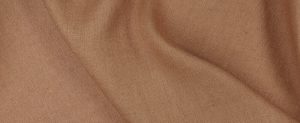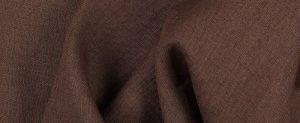FS Colour Series: JUNIPER Inspired by Paul Gauguin’s Tropical Paradise
In 1891, at the age of 43 years, French Post-Impressionist painter Paul Gauguin left his life in Europe for Tahiti, in search of a mystical paradise untainted by the trappings of modernity. The paintings he made here are arguably the most celebrated of his entire career, reflecting the abundant landscape of Tahiti with a rich palette of fresh, bright and tropical greens like JUNIPER, along with dusty mauves, dark blues and bright oranges. His illustrated journals that he made in Tahiti demonstrate his deep fascination for the warm, sunny, vibrant landscapes and deep, oceanic seas that were in sharp contrast with his gritty, urban life in Paris, as he noted, “Little by little, civilization is peeling away.”
It took Gauguin 63 days to make the trip from Marseille to Tahiti. While French Polynesia was already becoming populated by Westerners during Gauguin’s first sojourn to Tahiti, it was, as he observed, ‘unspoilt’ enough to light up Gauguin’s imagination, leading him to produce an enduring series of paintings depicting a place of faraway wonder. On his arrival to the island, he wrote about the sensory overload that greeted him, a visual feast made up of: “soft purples, deep blues and startling bursts of orange and yellow… [and]… delicate strokes of greens of all hues.” All these colours made their way into his art, which he began producing at great speed not long after settling in.
Gauguin’s time in Tahiti was immensely prolific; in his first 18 months here he produced over 60 paintings which experimented wildly with a daring new colour palette that moved beyond what he called the ‘timidity’ of his earlier work. He was as fascinated by the tropical nature of the landscape as the people who inhabited it, and his subjects often appear to co-exist in harmony with nature, in a way that Gauguin saw as far removed from his messy, complicated life in Paris, which was marred by poverty. He wrote in his journal, “I looked at their happy, peaceful life round about me, making no effort than was essential for their daily needs, without the least care about money. To whom were they to sell, when the gifts of nature were within reach of everyone?”
In Nabi. Landscape in tropical and subtropical region: Tahiti, 1891, which Gauguin painted during his first year in Tahiti, he paints a small, lone figure making its way down a dusty track, while the expansive, fervent landscape opens out around them. Faraway palm trees bend in a gentle breeze, while an azure blue sky hangs over dusty mountaintops, and in the near distance, thick, lush trees are painted in a series of vibrant, tropical greens. In the slightly later Te Fare (La Maison), 1892, three women appear tiny in amongst a vast network of plants in all shades of green, while the scene is dominated by the foreground tree, painted in expressive, dappled patches of forest and olive greens that emphasise its lively abundance.
Painted in the same year, Gauguin’s artwork Le Vallon, 1892, explores a similar approach, situating small figures in amongst a dense, overgrown wilderness. He matches their clothing to the colours of the surrounding scenery, making them appear to be in a natural symbiosis with the land. This time the entire surface of the painting is filled with impressionistic, vertical strokes of colour that build up to form a tactile, patchwork-like pattern. He intermingles various shades of light and dark green to suggest the movement of light across the landscape as it rolls out into the seemingly endless space beyond.







































One Comment
Susan Leftwich
I remember seeing a special exhibit of Gaugin’s work during this period at the Kimbelll in Fort Worth, TX. It was a riot of color! Thanks for this blog.